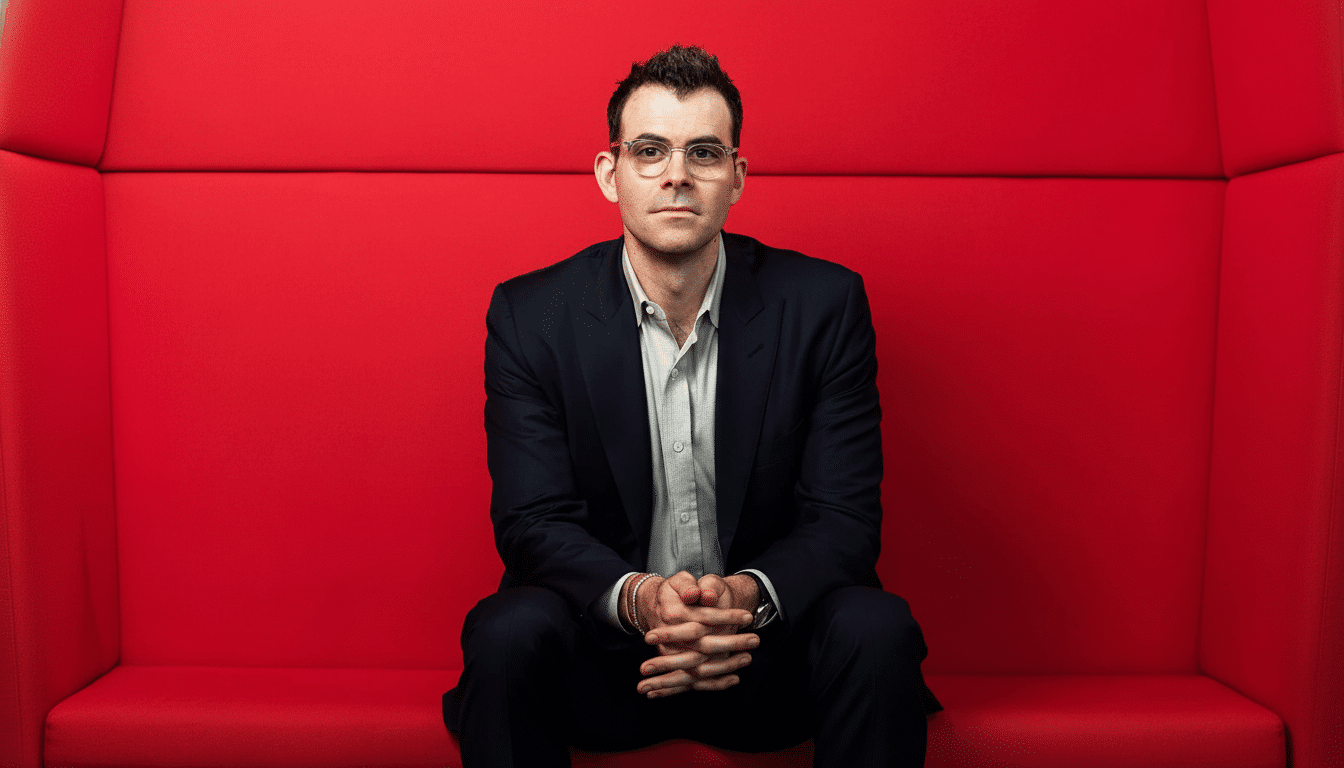Instagram boss Adam Mosseri is arguing against the notion that generative AI will eviscerate the creator economy, instead sharing a more mixed view with even amounts of hope and hedging. Asked about concerns raised by MrBeast, he said that AI will widen who is capable of creating engaging content and at what scale, while acknowledging that platforms and the public will require new defenses against manipulation.
Mosseri’s central argument is simple: AI breaks down the barriers to creation. The technology isn’t going to supplant the high-effort, stunt videos that serve as the public face of MrBeast’s brand, he says, but it could provide millions of smaller creators with tools to raise their quality game. He also acknowledged that deepfakes and AI voice clones will strain online trust, and that media literacy must catch up.

AI as a Creative Amplifier for Everyday Creators
Mosseri presented generative tools as the next stage of democratization. The internet decimated distribution costs; now AI is squeezing production costs. In application, that means that creators can storyboard with image generators and write scripts by harnessing large language models; translate and dub into dozens of languages; automate color and sound at nearly pro quality — all on a laptop.
That’s not to say anyone can so easily duplicate giant, stunt-heavy productions. What it means is the gulf between “good enough” and “great” diminishes. Instead, we’re starting to see hybrid workflows — human-shot footage enhanced by AI editing, motion cleanup and synthetic B-roll — as opposed to a complete swing toward all-synthetic shows. But to most creators, AI is an accelerant, not a replacement for taste, access or on-camera trust.
The Blur Between Photo and Fake in Online Media
Mosseri believes the dividing line will become increasingly difficult to discern between media produced for organic (“natural”) reasons and that which has an artificial origin in AI. Some of that is already apparent in short-form feeds, where filters, voice cloning and upscaling are standard parts of the post-production process. He also noted a genuine platform challenge: Early experiments to auto-label “AI content” will misfire when everyday tools — say, AI denoise or Adobe features — trip flags on otherwise legitimate videos.
What is flying alongside the industry is a sprint to provenance — to certainty, versus hunch — rather than guesswork. The Coalition for Content Provenance and Authenticity, whose members include Adobe, Microsoft and the BBC, is advocating cryptographic signatures that would travel with media files. Efforts like watermarking from Google’s DeepMind and building metadata standards can help, but none of them are foolproof once a piece of content has been cropped, re-encoded or screenshotted. That’s why context is as important as detection.
Labeling, Context And Platform Responsibility
“Labeling systems definitely need to be more developed and nuanced,” Mosseri said. Detect-and-stamp techniques falter when AI is applied as a matter of course in editing, or when models spit out realistic-looking fakes meant to slip by classifiers. Some platforms are also beginning to layer provenance signals onto user disclosures and visual context notes. YouTube, for example, asks creators to tag realistic fake content, and some AI developers now automatically embed origin metadata in their creations.

Meta has been experimenting with ways to add explanatory context on posts once enough independent signals align that something is misleading, a crowdsourced model like the one pioneered at X. The method won’t flag everything, but it can signal viewers appropriately: who made the claim, what trustworthy outlets assert and whether assets carry tamper-evident signatures. For Mosseri, the answer is not to promise flawless detection but to help people make well-informed judgments.
Creators’ Livelihoods And The MrBeast Argument
MrBeast cautioned that hyper-realistic AI video could inundate feeds and undercut human creators. The risk of saturation is real — algorithms prize volume and watch time — but Mosseri’s response is that success depends on more than pixels. Audience trust, community, distribution savvy and a unique point of view are more difficult to mimic than visuals.
There are also upside examples. Multilingual dubbing using tools whose offerings are now becoming public from companies like ElevenLabs and HeyGen is opening fresh markets; MrBeast’s own forays into Spanish and other languages have demonstrated how localization multiplies reach. Generative tools can cut down on pre-production cycles and grow formats — think data-driven explainers, interactive storytelling or personalized cuts for specific audiences. The economics will change, but creators who use AI as co-pilot rather than replacement are likely to have a competitive advantage.
Teaching Media Literacy (For The AI Era)
Mosseri said society would have to adapt, beginning with young users who should be taught to question not just what they see but who posted it and why. That guidance may sound burdensome but in many ways reflects the guidance from organizations like Common Sense Media and UNESCO, which encourage schools to weave source analysis and AI literacy into their curricula.
Recent incidents underscore the stakes. A news-driving robocall employed an AI voice to impersonate a U.S. presidential candidate and deceive voters. Celebrities have had their images exploited for scams and harassment, forcing platforms to step up policies on fakes and remove items more quickly. Research teams like the Stanford Internet Observatory have already warned that identification alone will be reactive rather than proactive, meaning we’d better get good at layered defense, such as provenance, friction on sharing, user savvy and rapid response.
The correct posture in the big picture is neither panic nor complacency. The AI side of Mosseri’s position acknowledges the creative upside of AI but concedes that gaining trust is going to be considerably harder. The platforms need to create better signals and safety nets. Makers should adopt new tools without jettisoning originality. And audiences need upgraded instincts. That’s how the creator economy makes it through the AI wave — and even perhaps rides it.

